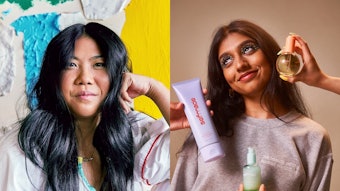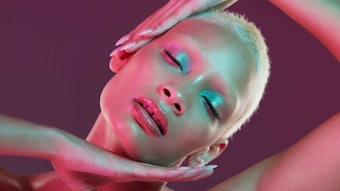The five senses are constantly at work to connect the human body with its environment by examining and controlling objects, people and circumstances. As a consequence, they induce logically or emotionally driven changes of behavior. People perform several types of sensory assessment every day, both consciously and subconsciously. The results of these evaluations determine their behavior, preferences, social life and purchasing.
One may ask how the perception involved in a sensory response can be translated by a test instrument, when this response involves the transmission of signals to the brain via the nervous system after physiological and behavioral contact. This is the task of sensory analysis, a scientific discipline created to measure, analyze and interpret the sensorial observations collected by sensory organ contact with objects, products or ingredients.
The sensory world is fueled by research conducted in different disciplines such as biology, neurobiology and sense chemistry. It extends to many industrial sectors where perception elements are crucial, including cosmetics. To express how important the schematic sensory path is in cosmetic formulations, and illustrate what its profile looks like, it is important to develop a strategy for sensory analysis that is easily described to young cosmetic formulators.1–3
Cosmetics are a formulation art whereby the formulator selects well-identified ingredients from a universe of possible substances and combines them in precise ratios to obtain a functional complex. In order to achieve successful cosmetic systems, four elements of formulation must be considered: safety, stability, efficacy and sensory, which are applied to the identification and assembly of ingredients. As always, cosmetic formulation strategy has many factors, and this column will establish the role that sensory plays during the cosmetic formulation process.










